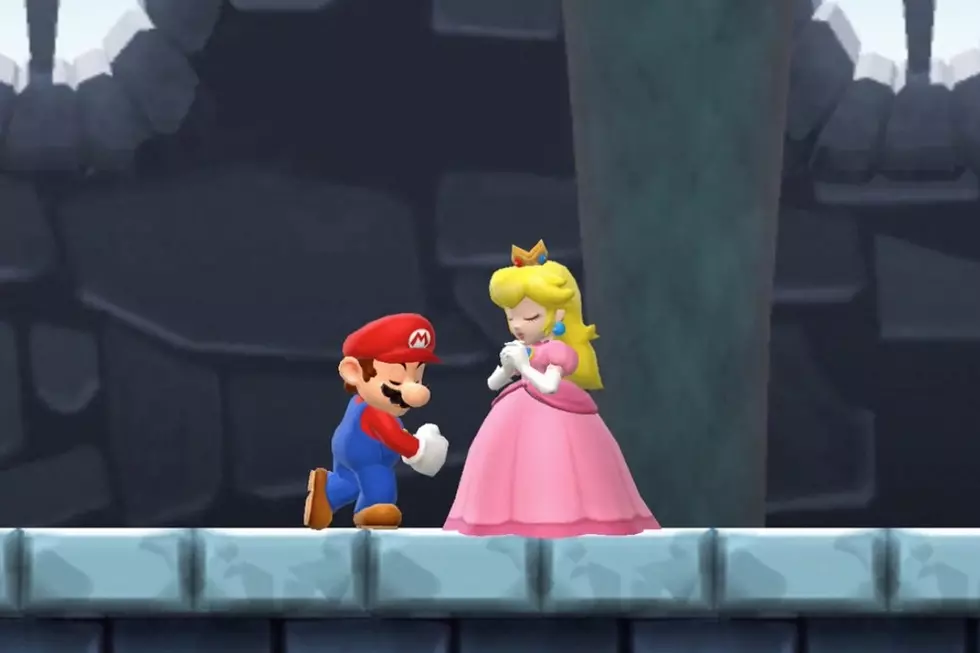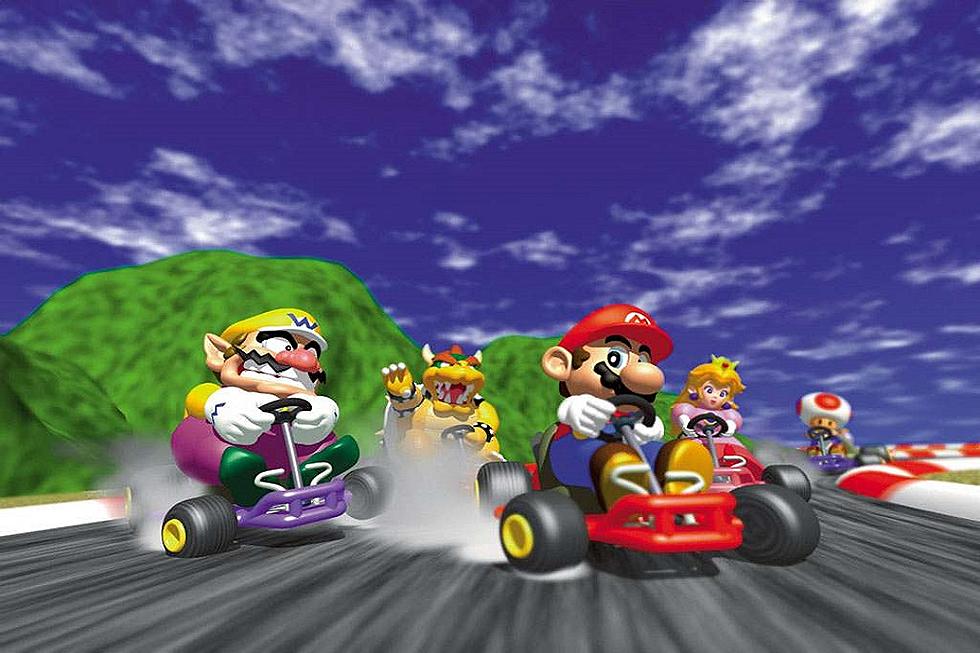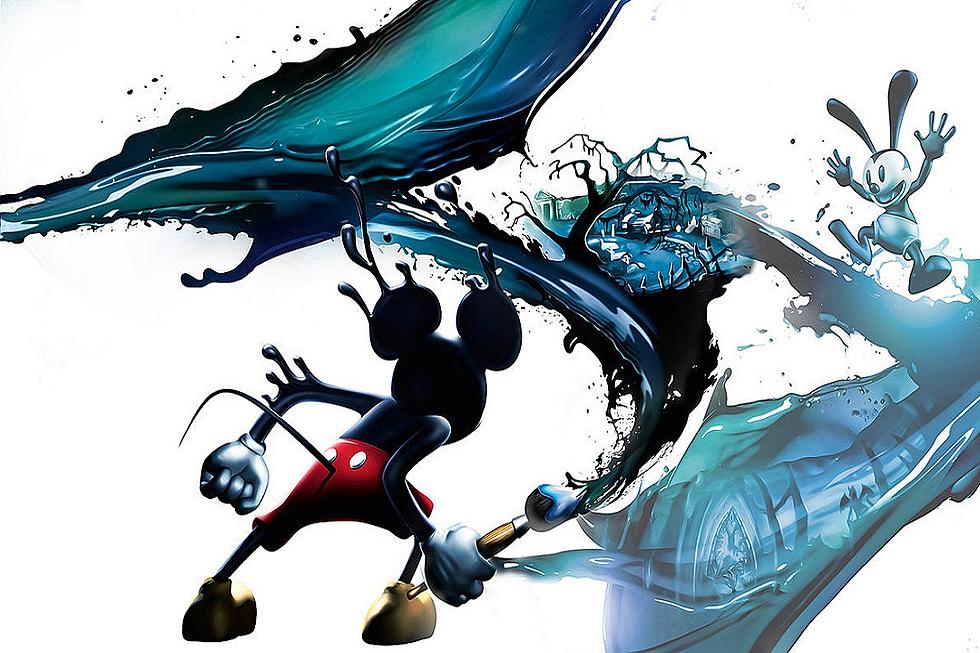
The Artistic Ideal of Ico
The topic of games as art has come and gone in discussions and debates for nearly as long as the video game industry has been around. Do we consider this thing of entertainment and amusement to also be a piece of cultural creation that portrays some level of artistic sway or is it simply a play thing? There some points against the idea, but once in a while, a game comes along that is so profound in its experience that it shakes the proverbial tree. One such game of this caliber was most certainly Ico. This story of a mysterious boy protecting a mysterious girl captivated players everywhere in a way that only a handful of games are capable of achieving. It was on this day in 2001 that North American gamers were allowed to take the journey that paint one of gaming history’s most perfect examples of games as art.
Team Ico head of design Fumito Ueda came up with the concept for Ico in 1997. In the very basic premise, Ueda envisioned a boy meets girl design in which two characters would meet, hold hands and develop a bond over a journey without any way of verbally communicating. Ueda cited Eric Chahi’s game, Another World, as a major inspiration for his idea with its non-communicative two main characters traversing the game. Furthermore, it works off a similar idea of a world that is always moving and has no UI, performing more like an animated movie than a video game when played.
Ico begins with the titular character, a boy with horns, being taken to a castle by warriors. Considered a bad omen for his village, the boy is taken to a coffin and sealed inside. However, a tremor shakes debris loose that cracks the boy’s coffin free and he able to escape. As he explores the castle in which he was imprisoned, he comes across a girl in a cage. He frees her and discovers her name is Yorda, though she does not speak his language. He also discovers that shadow creatures are after her and seek to take her away. Ico resolves to protect her and keep her from them as the two traverse the castle, unraveling its mysteries and solving puzzles together in order to escape.
Interestingly enough, the very earliest forms of design for Ico featured concepts that were far different from the final product. The lightest of these was that Yorda originally had horns instead of Ico. However, the earliest illustration of the concept that served as a tether for Ueda’s vision was an animation he created. The aforementioned horned Yorda was present and flying robots were seen attacking and destroying the castle. Later on, core ideals were established that would guide the game’s visual design. Anything that got in the way of producing a story that felt real was removed, including a user interface. This was meant to push an artistic style in which the reality of the game’s world was paramount above all else.
This meant gameplay design as well. Ico is a puzzle platformer with very light combat elements. Ico guides Yorda along through the castle, helping her along past obstacles that he is capable of crossing with greater ease. There are doors in the castle that only Yorda is capable of opening and it is Ico’s goal to get her to them as they traverse and escape the castle. As they do, shadow creatures will appear. They cannot harm Ico, but if Yorda is left alone too long they will attempt to take her away. If they succeed, the player loses, but Ico can fend them off with a stick or sword and pull Yorda from a vortex if a shadow attempts to whisk her away. In this way, it becomes a balance between traversing the environment and keeping Yorda safe.
Ico was extremely ambitious in its design and that didn’t necessarily translate to sales. It didn’t initially do great financially. However, it has since been considered as one of the most creative and artistic games of all time by players and critics alike. It would establish Team Ico and Ueda’s pedigree of style, which would later be used to create the much more financially successful and similarly applauded spiritual successor, Shadow of the Colossus. Ico may not have drawn the attention it deserved at the time, but its place in gaming history serves as powerful evidence of the argument that games can very well be true works of art.
More From Arcade Sushi









